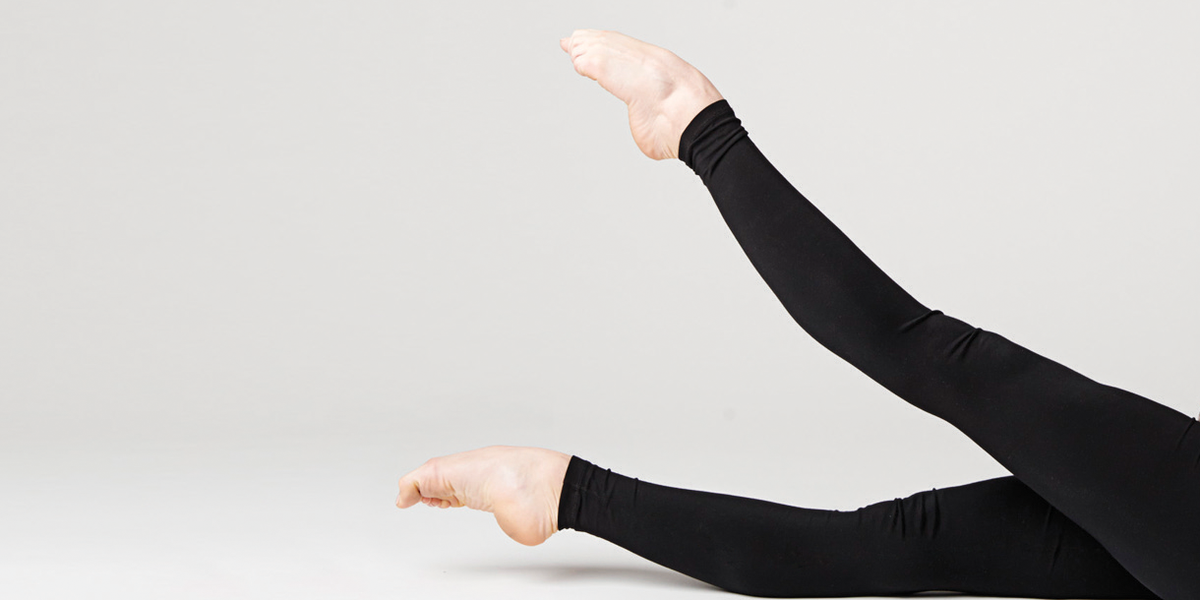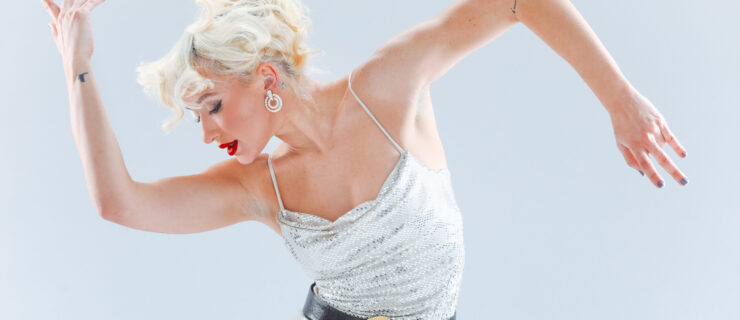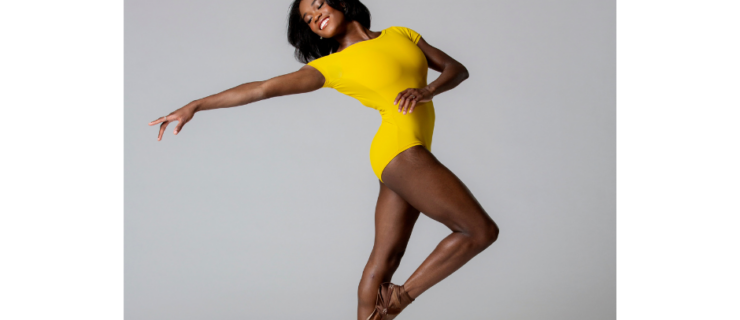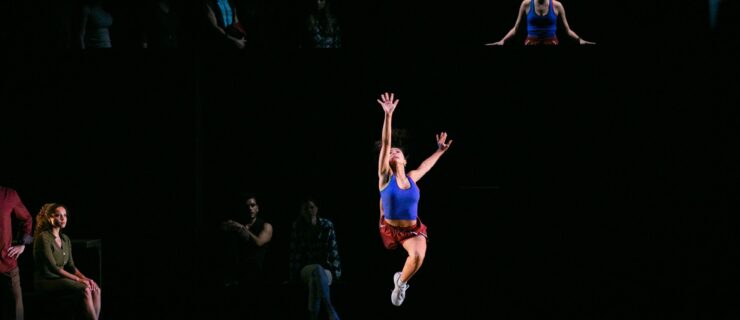Dear Katie: How Do I Strengthen My Super-Archy Feet?
In our “Dear Katie” series, former NYCB soloist Kathryn Morgan answers your pressing dance questions. Have something you want to ask Katie? Email [email protected] for a chance to be featured!
Dear Katie,
I have super-archy feet, which is great—sometimes. But they’re hard to control because they’re so flexible. How can I make them stronger and easier to work with? I have a hard time even standing properly in pointe shoes.
Natalia
Dear Natalia,
While I’m sure many of your fellow dancers envy you, having beautiful feet can be tough! The first thing to do is to make sure you have the right pointe shoe. You need a good, strong shank to support that arch, but not a rock-hard shoe that’ll keep your feet from getting stronger. Go to your local dance store and try everything. Having the right shoe can do wonders!
Establish a daily Thera-Band routine. Your super-flexible feet will need a really high-resistance band—I’d suggest either a black, gray or blue band. Do lots of simple push-through-the-feet exercises to build stability in your ankles and metatarsals.
Once you’re in your pointe shoes, add extra relevés, élevés and balances to your pre-class warm-up to improve your strength. Even doing simple tendu and dégagé exercises in your pointe shoes, focusing on pushing through your metatarsals, will help your feet and ankles learn to stabilize the rest of your body. It’s all about repetition and time!
 Using a Thera-Band every day is super important.
Using a Thera-Band every day is super important.
Photo by Nathan Sayers
Dear Katie,
I’ve loved dance for as long as I can remember, and I want to pursue it professionally. But lately, I haven’t felt
the same joy when I dance. I’m always sad at the studio, and I’m not even sure why. I miss the old me. What should I do?
Saleen
Dear Saleen,
Many dancers go through a “burnout” period, either in their training or once they become professionals. Think back to why you started dancing in the first place. Was it the music? The freedom of the movement? Reconnecting with those initial feelings can help you find your joy again.
We dancers also tend to get caught up in the pursuit of perfection, and that can mess with your head. Scary as it sounds, try taking a few days, or even a week, away from dance. (Pick a time when not a lot is going on at the studio, so you won’t be missing any performances or other important opportunities.) Odds are, just putting a little space—mentally and physically—between you and the dance world for a while will allow you to come back to class newly energized and excited.
However, if that time away leads you to realize that you no longer want to dance, that’s OK too! It doesn’t make you a failure. It just means your passions and goals have changed. And if that’s the case, it’s better to realize it now than 10 years down the road.
Dear Katie,
I just got a big part in my school’s musical. There’s a lot of dancing, which I’m not worried about at all—but I also have to sing and speak. I’m not used to using my voice onstage! What can I do to get comfortable?
Karen
Dear Karen,
The first time I had to speak and sing onstage, I was terrified. Thankfully, I had some great coaching. I’ll pass along the wisdom I received!
Dancers are taught to lift up through their bodies. But if you lift up while singing, you’ll run out of air. Instead, during singing and speaking passages, focus on staying grounded. Let your body relax and your weight drop into the floor—foreign as that might feel.
Be sure to actively enunciate every lyric or line of dialogue, too. In normal speech, eliding your words, so they slur together a bit, is OK. But onstage, it’s not—the audience has to hear everything clearly to be able to understand you. You might feel silly hitting every “t” and “d” hard, but it’s important!
Finally, focus on projecting your voice, just as you project your dancing up and out. The people in the back row have to hear you as well as see you! Well-supported breathing, using your diaphragm, will help your voice carry to the far reaches of the theater.
For more of Katie’s helpful tips and advice, click here.




